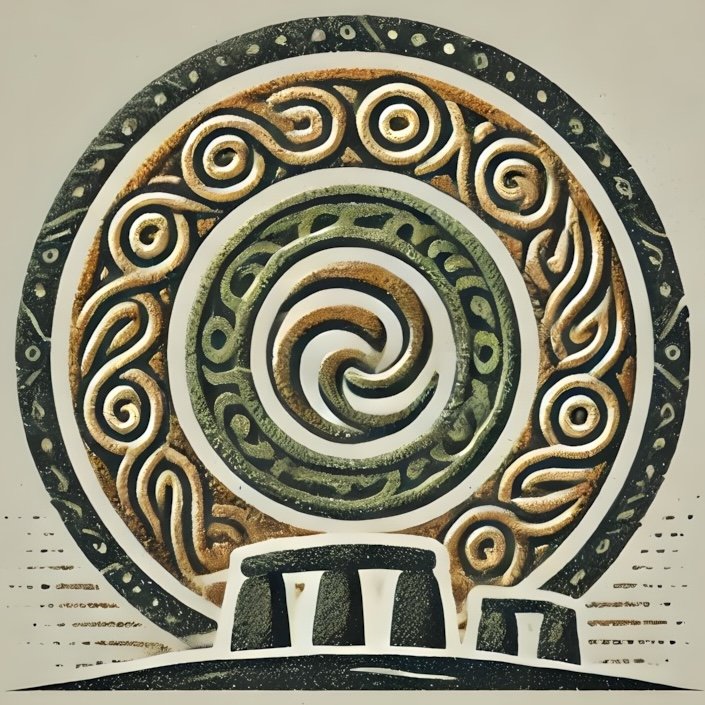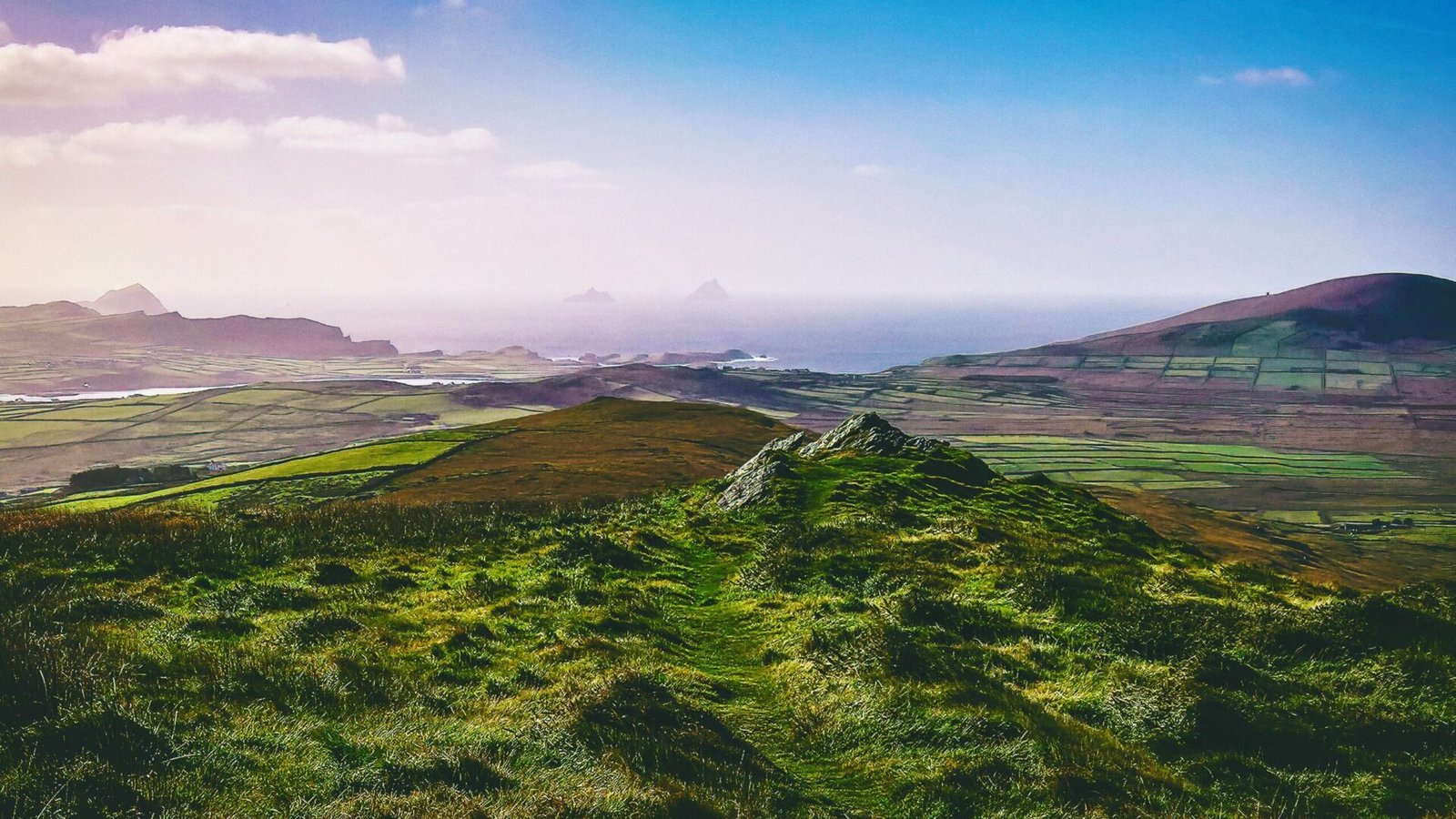The arrival of the Celts in Ireland marks a pivotal moment in the island’s prehistory, a transformation that shaped its culture, language, and identity. The question of whether the Celts invaded or assimilated into the existing societies is a complex one, steeped in both historical evidence and mythological narratives. As we delve into this topic, we will explore the historical context, the evidence supporting both theories, the cultural impact of the Celts, and the rich tapestry of mythology that intertwines with this era. Along the way, we will highlight key archaeological sites that offer a glimpse into this transformative period, inviting you to connect with Ireland’s ancient past.
Historical Context
To understand the arrival of the Celts, we must first consider the landscape of Ireland prior to their emergence. Before the Celts, Ireland was home to a variety of tribes and cultures, each with its own customs and beliefs. The Iron Age, which began around 600 BC, saw significant changes in society, technology, and trade. The Celts, originating from Central Europe, began to migrate across the continent, bringing with them advanced metalworking techniques, new agricultural practices, and a rich oral tradition.
The timeline of the Celtic arrival in Ireland is still debated among scholars, with estimates ranging from 500 BC to 200 BC. The Celts did not arrive as a monolithic group; rather, they were a collection of tribes with shared cultural traits. This diversity is crucial to understanding the dynamics of their interaction with the existing populations.
Theories of Invasion
The theory of invasion posits that the Celts entered Ireland as conquerors, displacing or subjugating the indigenous tribes. Proponents of this view point to archaeological evidence of fortified settlements and changes in burial practices that suggest a violent takeover. The introduction of new weaponry and the presence of hill forts, such as the impressive Grianán of Aileach in County Donegal, are often cited as indicators of a militaristic approach.
Additionally, ancient texts, such as the “Lebor Gabála Érenn” (The Book of Invasions), narrate tales of conquest and battles between the Celts and the Tuatha Dé Danann, a mythological race of gods and heroes. These stories, while mythologized, reflect a cultural memory of conflict that may have occurred during the Celtic arrival.
Theories of Assimilation
Contrasting with the invasion theory is the idea of assimilation, which suggests that the Celts integrated into the existing societies through cultural exchange rather than through force. This perspective is supported by evidence of continuity in certain burial practices and the gradual adoption of Celtic art and language by the local populations.
Archaeological findings, such as the discovery of Celtic-style artifacts in indigenous burial sites, indicate a blending of cultures rather than outright replacement. The emergence of a new, hybrid culture suggests that the Celts may have formed alliances or intermarried with local tribes, leading to a peaceful coexistence that enriched both groups.
Celtic Culture and Influence
Regardless of whether the Celts invaded or assimilated, their cultural impact on Ireland is undeniable. The Celts brought with them a rich tradition of art, music, and storytelling that would shape Irish identity for centuries to come. The intricate designs found in Celtic metalwork, such as the famous Tara Brooch, showcase their artistic prowess and have become synonymous with Irish heritage.
Celtic society was organized around tribes led by chieftains, with a strong emphasis on kinship and loyalty. The druids, as spiritual leaders and custodians of knowledge, played a crucial role in maintaining the oral traditions and religious practices of the Celts. This emphasis on oral storytelling laid the groundwork for the rich tapestry of Irish mythology that would flourish in the centuries to follow.
Mythological Connections
Irish mythology is deeply intertwined with the arrival of the Celts, providing a lens through which we can understand their cultural significance. The tales of the “Tuatha Dé Danann,” the legendary race of gods, are often interpreted as allegories for the Celts’ arrival and their interactions with the indigenous peoples. These stories, filled with magic, heroism, and conflict, reflect the values and beliefs of a society in transformation.
Sites such as the Hill of Tara, believed to be the seat of the ancient kings of Ireland, are steeped in mythological significance. The Lia Fáil, or Stone of Destiny, is said to roar when the rightful king stands upon it, symbolizing the deep connection between leadership, land, and identity in Celtic culture.
Key Archaeological Sites
Exploring Ireland’s landscape reveals a wealth of archaeological sites that illuminate the Celtic transformation. Here are some key locations to visit:
1. Newgrange: This prehistoric passage tomb, older than Stonehenge, showcases the advanced engineering skills of the Neolithic people and hints at the spiritual beliefs that would later influence Celtic culture.
2. Dún Aonghasa: Located on the Aran Islands, this ancient fort offers stunning views of the Atlantic Ocean and reflects the defensive architecture associated with Celtic tribes.
3. The Hill of Tara: A site of immense historical and mythological significance, Tara was once the political and spiritual center of ancient Ireland. Its numerous mounds and structures invite exploration of Ireland’s royal past.
4. The Rock of Cashel: This iconic site, steeped in legend, features a round tower, Cormac’s Chapel, and a cathedral, illustrating the blend of Celtic and Christian influences.
5. The Céide Fields: This Neolithic site in County Mayo reveals evidence of ancient farming practices and settlements, providing insight into the agricultural foundations that the Celts would build upon.
Cultural Legacy
The legacy of the Celts in Ireland is profound and enduring. Their influence can be seen in the Irish language, which retains many Celtic roots, as well as in traditional music, dance, and storytelling. Festivals such as Samhain, which marks the end of the harvest season, are steeped in Celtic traditions and continue to be celebrated today.
Moreover, the visual arts of Ireland, from illuminated manuscripts like the Book of Kells to contemporary Celtic designs, reflect the enduring aesthetic that the Celts introduced. The intricate knotwork and symbolism found in these works serve as a reminder of the deep cultural connections that bind Ireland to its Celtic past.
Did the Celts Invade or Assimilate?
As we navigate Irish prehistory, the question of whether the Celts invaded or assimilated remains a captivating exploration of identity, culture, and myth. The evidence suggests a complex interplay of both forces, leading to a vibrant and enduring legacy that continues to shape Ireland today. Whether you are wandering through ancient sites or delving into the myths that define the Celtic experience, the spirit of this transformative era is alive in the heart of the Irish landscape.

